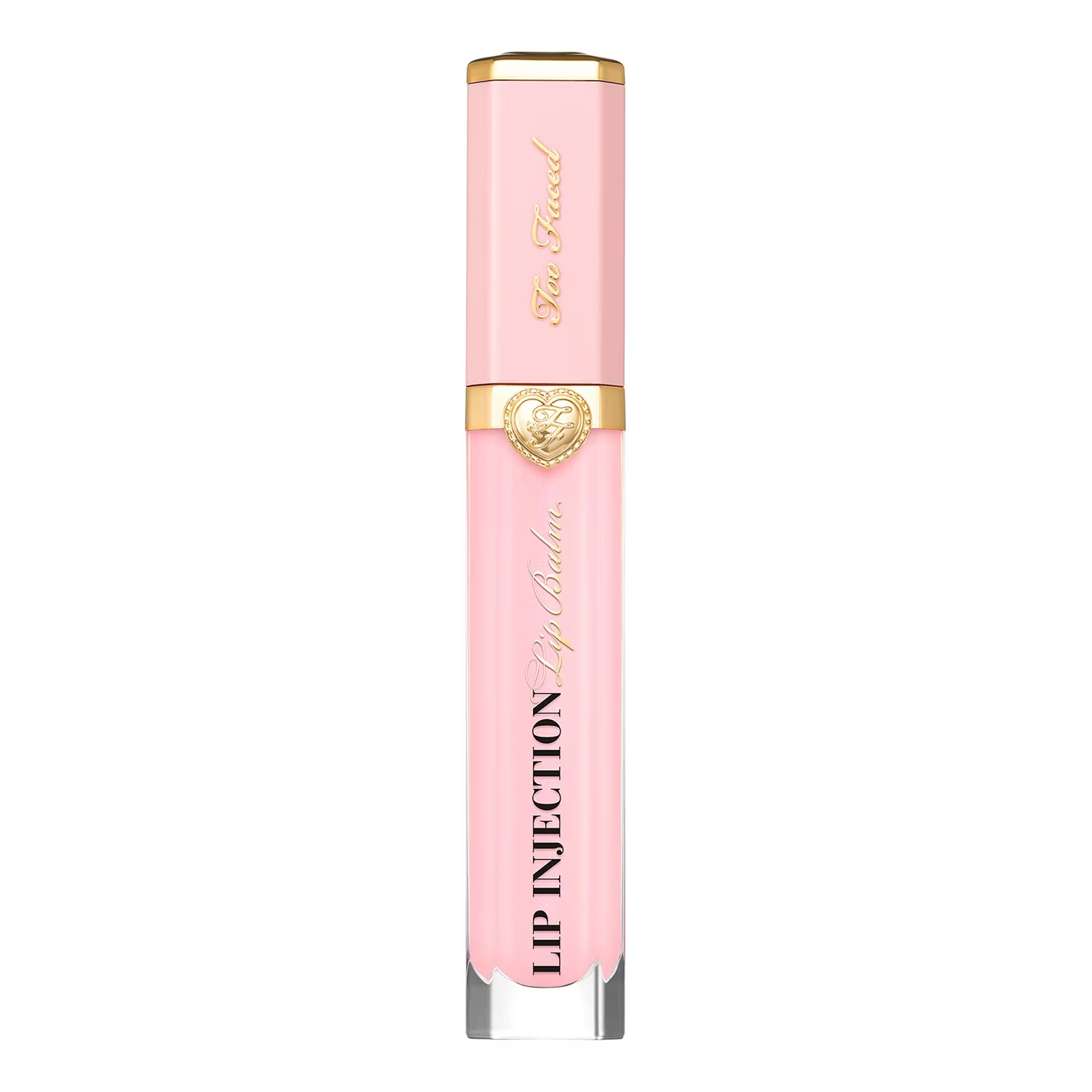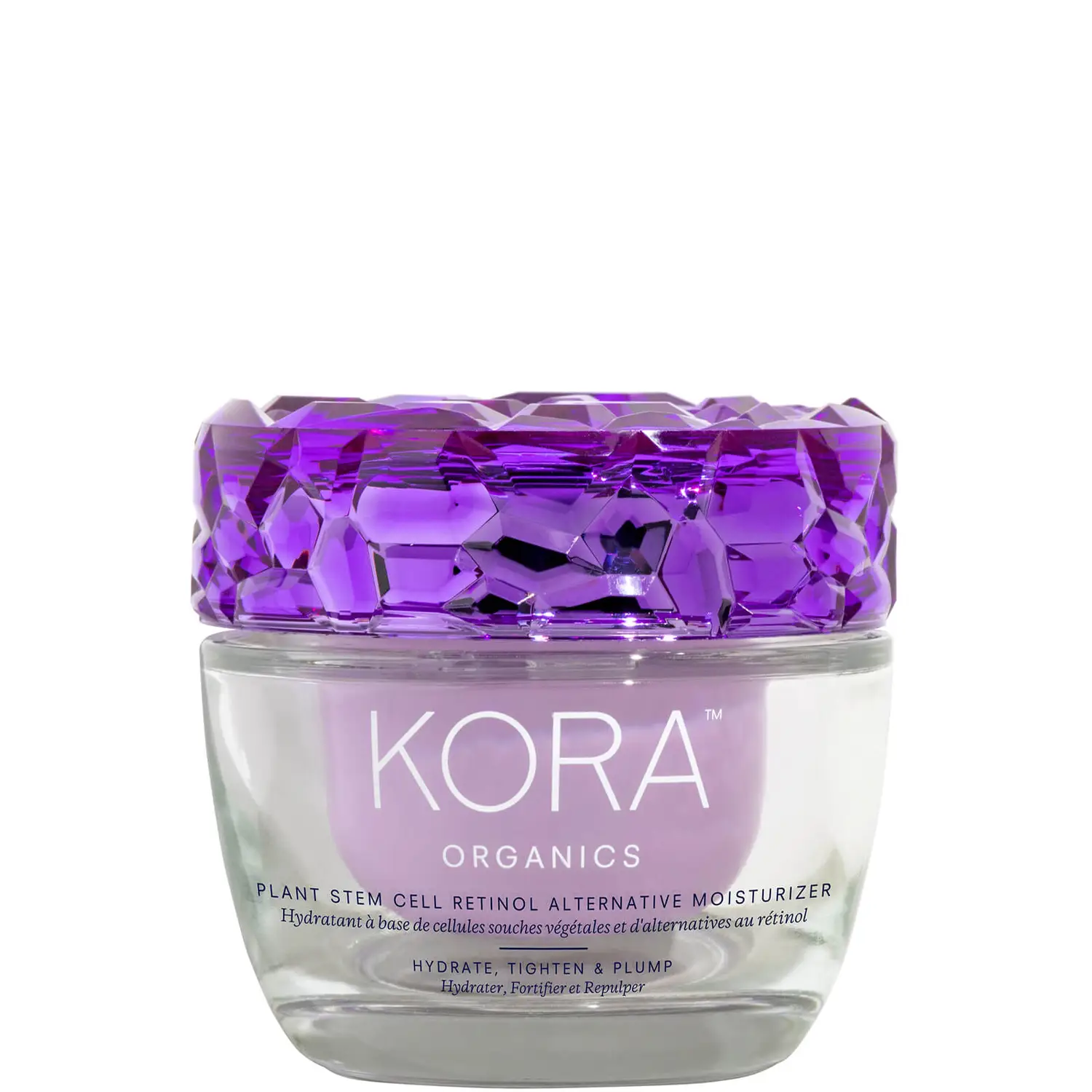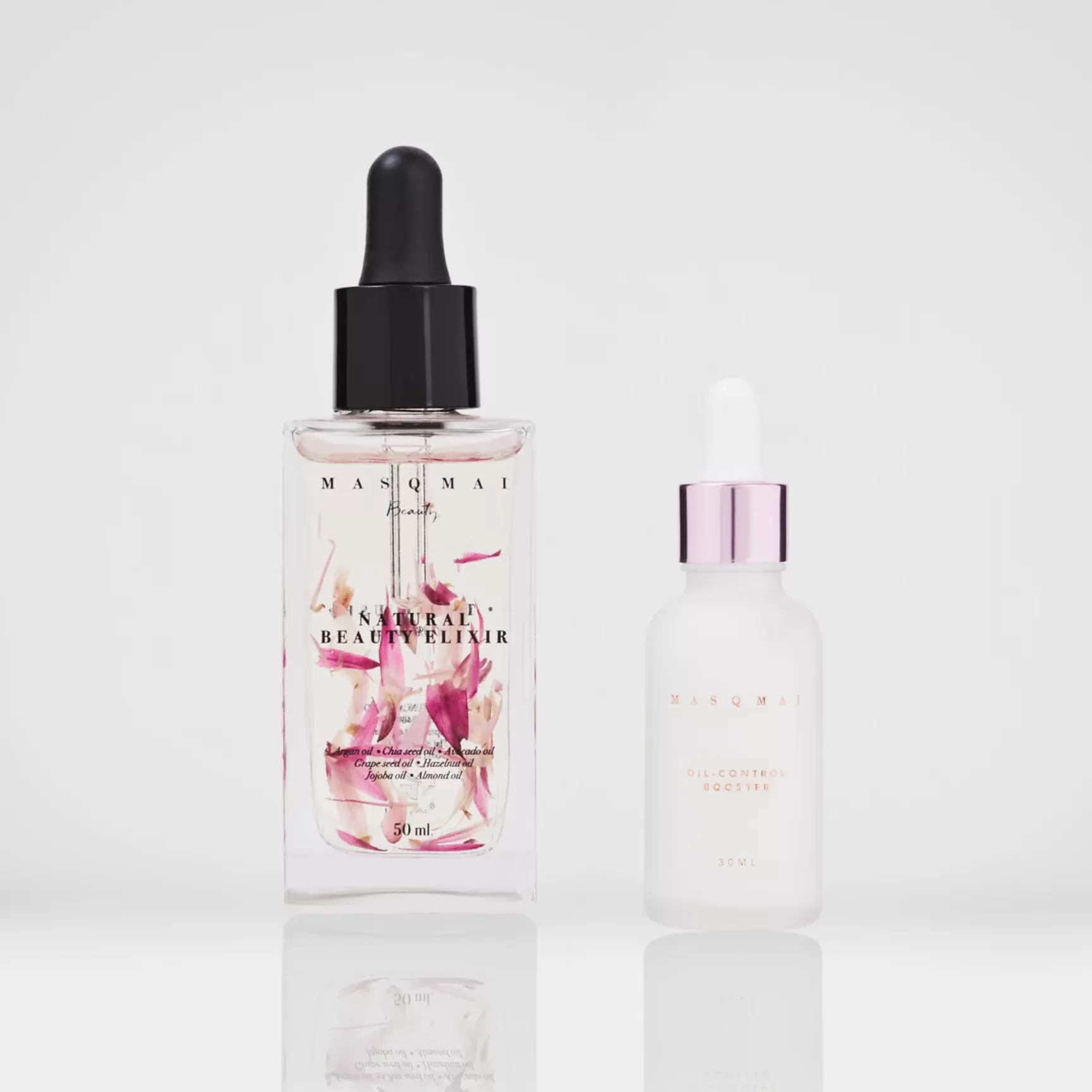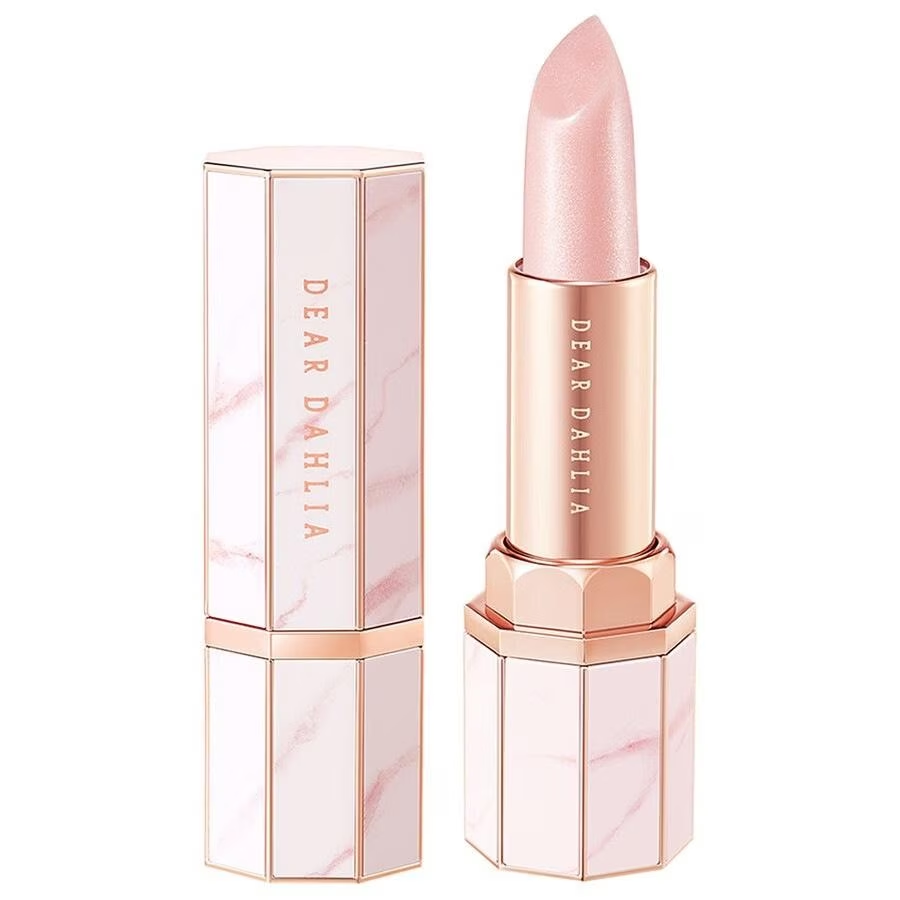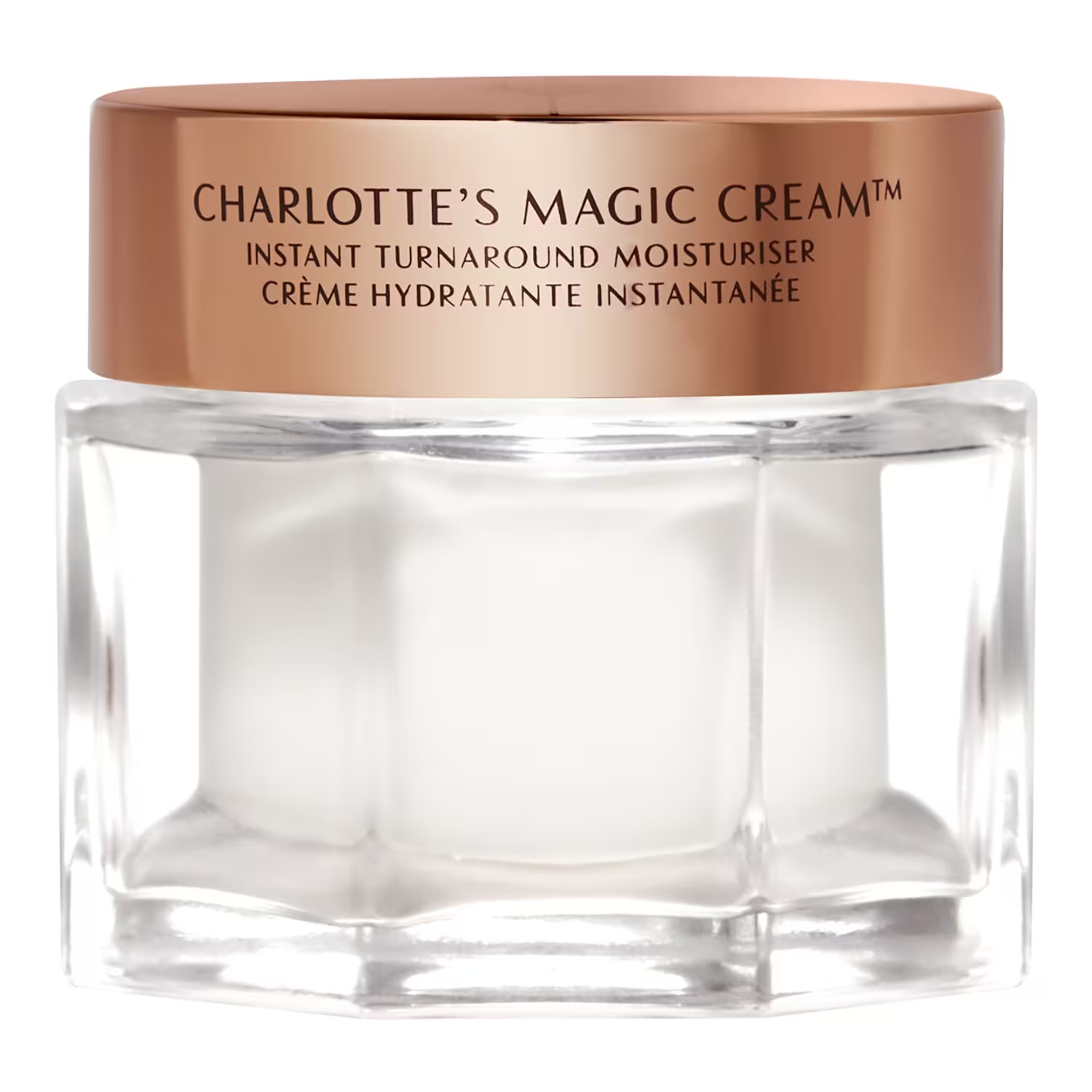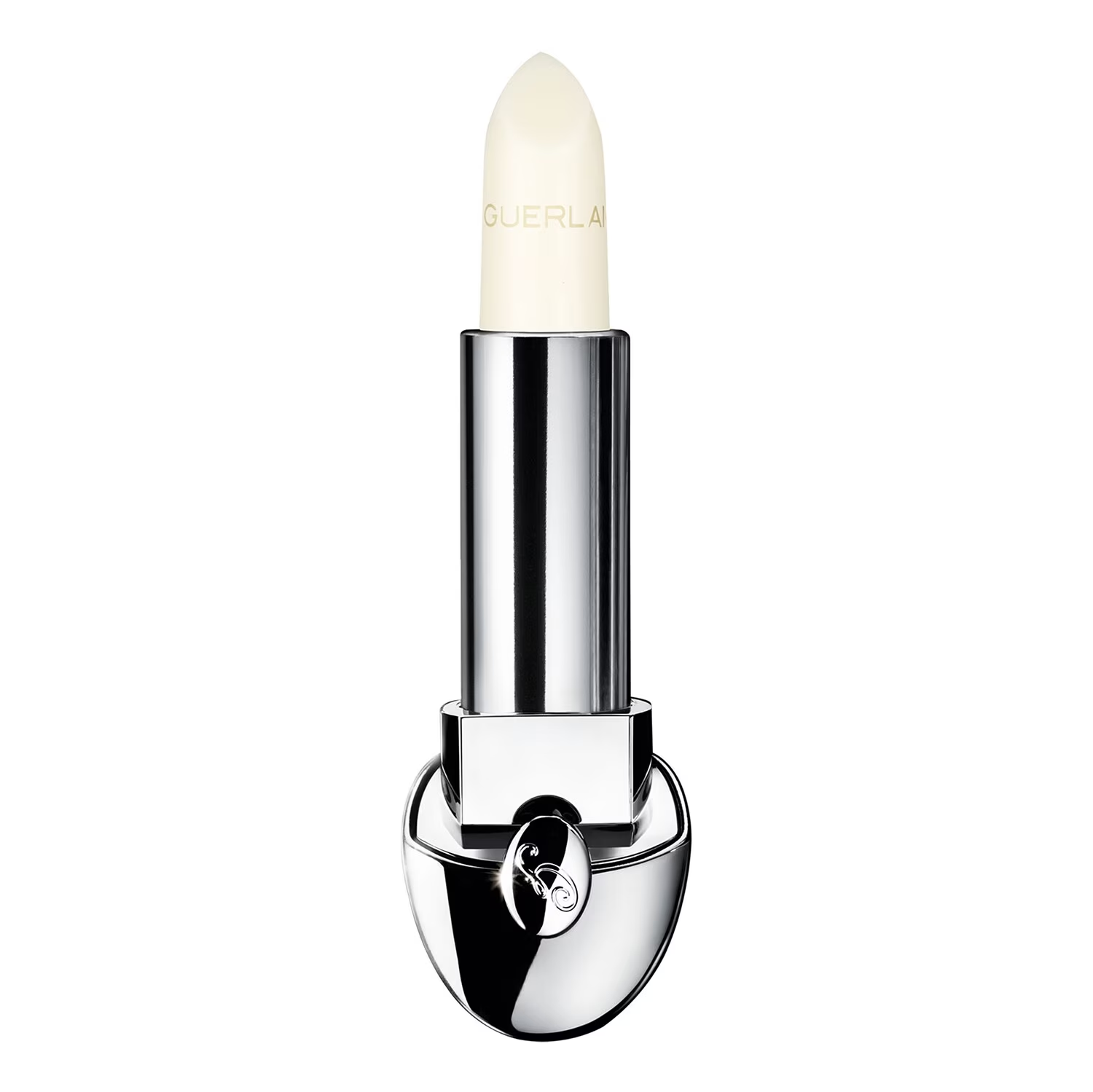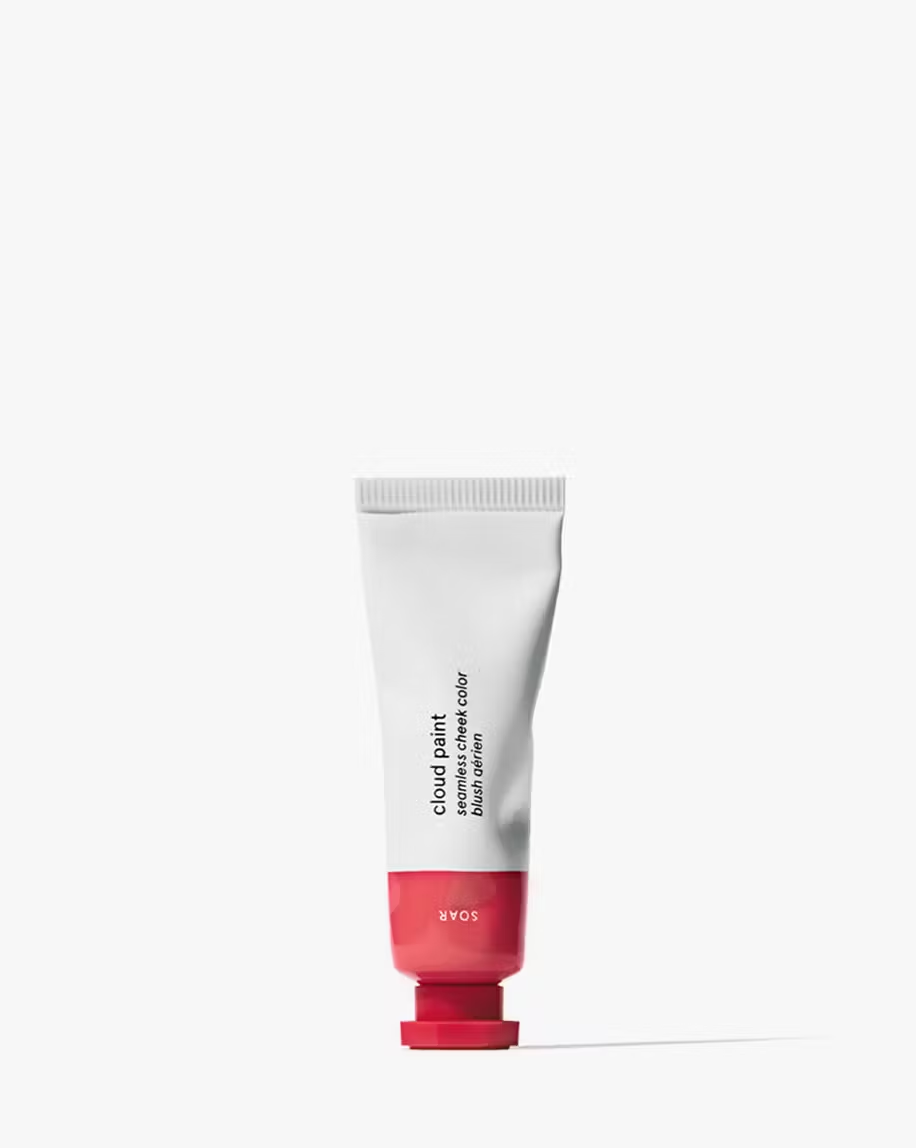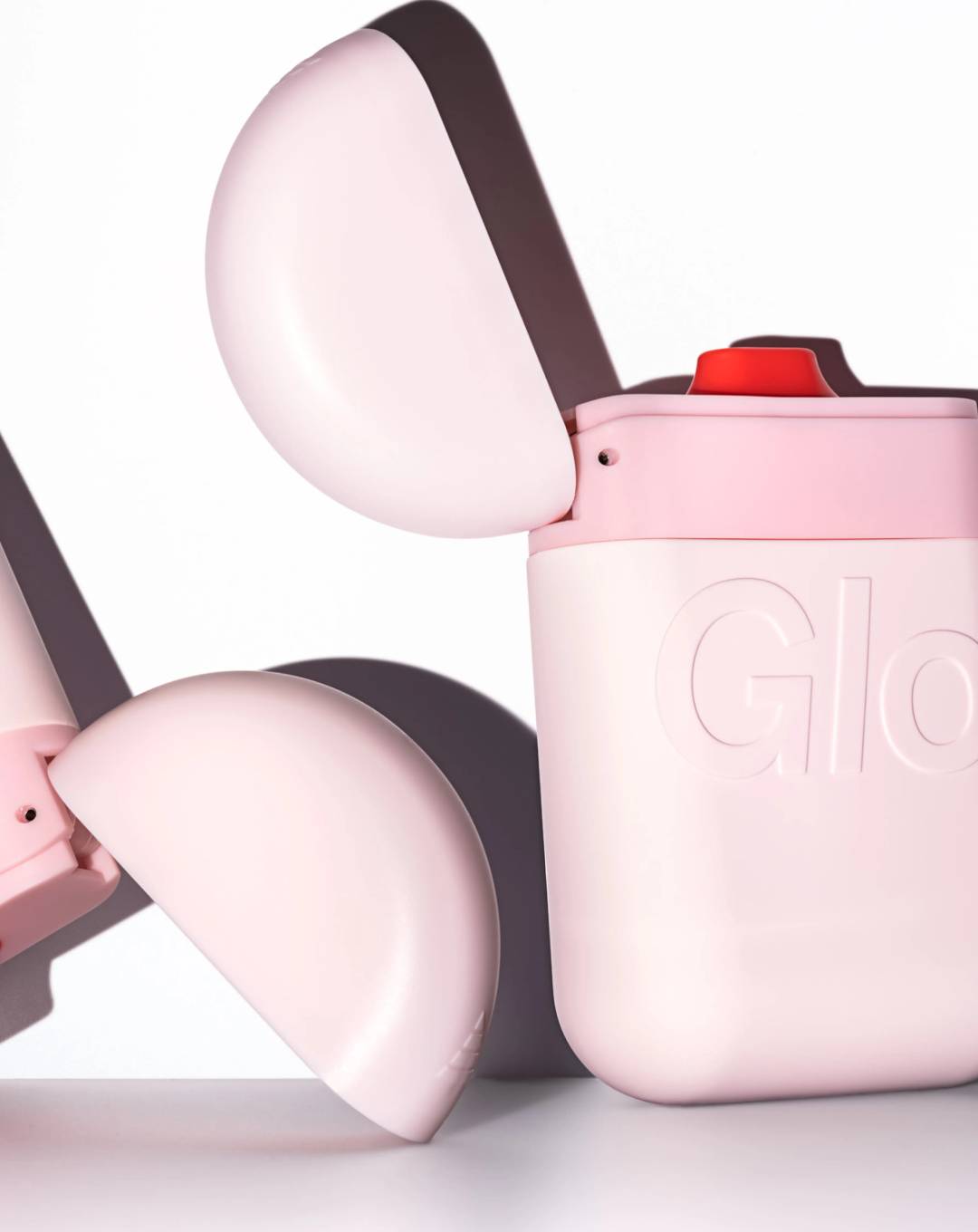
We want some beauty products just for the packaging Has this ever happened to you?
"Would you like to be one of the 500 fortunate individuals to own the limited edition of the beloved Black Honey by Clinique?" These are the words of creators and influencers as they receive, directly from a gentleman in a tuxedo, a jewel-like box illuminated by LED lights in turquoise hues.
The Black Honey Clinique Phenomenon
@chaimaacherbal Grazie @Clinique, Fatelo piu spesso!! siamo tutti pronti per il 4 dicembre!! #blackhoney #clinique #makeup #rossetto #trucco #trucchi Rock and Roll Session - Canal Records JP
Inside the "casket," the absolute protagonist is the brand's iconic product, presented in a new guise, adorned with sparkling gems that give it an extremely luxurious aura. However, the lip balm does not have a new formula, nor does it promise a different texture for our lips. So why is there a genuine rush to acquire this product? The keyword to explain this phenomenon is "packaging," the casing or container that makes something unique and magical while remaining the same.
However, fashion psychology and "neuro fashion" expert, Chiara Salomone, explains that what lies behind the brand's proposal goes beyond creating a different shopping experience: "Rather than referring to the shopping experience, we are talking about the emotion associated with this purchase, which comes from both sensory stimuli (brightness, light, softness, and color) and the implicit associations it stimulates, being so reminiscent of jewelry. Think about the name Black Honey, an oxymoron that moves all the senses: you feel it in the mouth, nose, eyes, and on the lips. It's something decisive but sweet, and then you add 'Diamond.' What results is a perfect cocktail of characteristics that people seek: brightness, preciousness, security, and sweetness."
From €28.50, the price of the lip balm with the sparkling packaging has reached €35. Do you think it's worth spending more for the same product, just because it has unique details? Before answering this question, it's important to note that this is not an isolated case, as many beauty giants are moving in this direction. Let's try to explain the reasons behind this new strategy.
The Importance of Packaging in Beauty Products
Packaging in marketing is nothing more than the method of packaging and presenting a product, designed for sales. Today, this aspect of the market, which may seem like the endpoint, the end of the production process, has actually become one of the main steps to consider before launching a new product into the industry. One of the most prominent and responsible figures behind the desks of major corporate projects is the designer. They must face various challenges. It's no longer about operating to satisfy the "primary function," i.e., protecting, wrapping, and preserving a product, but about a complex ecosystem that must respond to a set of social aspects. At the time of purchase, consumers are more likely to choose a product that reflects their ethical and moral values, conveys messages in line with their beliefs and ideals, and promotes their right behaviors. Therefore, the packaging designer must be versatile and demonstrate skills in communication, psychology, graphics, and sustainability. For this reason, many low-cost makeup and skincare brands are revolutionizing their distinctive packaging. From Revolution Pro with its golden, silver, and lush-colored patterns to the marble tones and elegance of Dear Dahlia, the goal of embellishing their designs is clearly evident. Several products have become iconic precisely because of their packaging.
An example is Charlotte Tilbury's moisturizing face cream, which, like its entire line, has a regal and princely appearance, reminiscent of the vibes conveyed by products used in a royal court and portrayed in films and TV series. Another excellent example is Guerlain's Rouge G lipstick, with its futuristic shape that can be customized with multiple cases sold separately. In the skincare sector, packs and new technologies promise to evolve to meet the era of the "clean girl"—a girl next door who maintains a touch of glamour. Think of Glossier's creamy blushes, Too Faced, Eisenberg, and Clinique's lip balms, as well as creams, serums, toners, and scrubs from Kora, Clarins, and Masqmai. Each of them retains its distinctive features, but all share a common point: a high-level case with meticulous aesthetic care. Therefore, it's not enough for the product to work and do its "job"; how it presents itself and in what way is crucial because the consumer's choice will be largely tied to this.
The Concept of "Limited Edition"
@psicologaia_ PERCHRÈ SIAMO COSÌ ATTRATTI DALLE LIMITED EDITION?
Another aspect not to be underestimated in today's marketing is the concept of limited edition, a product available in small quantities. Psychologist Gaia Cavalleri explains that Limited Editions evoke the fear of missing out, creating a strong sense of urgency in consumers, who quickly decide to purchase a product. This urgency can be further amplified through sales techniques such as countdown timers, exclusive pre-order windows, and messages like "while supplies last." Salomone also reminds us that the idea of "limited" is closely connected to the idea of "exclusive"—everyone wants to feel that way, and the opportunity to own something unique or at least uncommon allows people to stand out from the crowd. In the case of Clinique's lip balm, Chiara notes that the limited edition captured us precisely because the packaging resembles that of jewelry. The container, studded with glitter, reminds us that what we hold in our hands is not only precious but also has the power, by association, to make us precious and brilliant just like itself. The concept of a rare product creates an emotional connection that goes beyond the product itself and extends to the values and associations we attribute to it. In some cases, especially in certain social groups, owning a limited edition product can serve as a status symbol. This connects to the psychological concept of social proof: if everyone desires a limited edition item, it must be worth having.
Christmas Collections
The timing of the product's release is also crucial: near Christmas, where the message conveyed is precisely to "be special" or to make someone dear to us feel special. What's better than giving them something unique, shiny, and precious like jewelry but at an affordable cost, whose function is to make you beautiful? Festivities are indeed one of the favorite times for brands to create limited-edition themed collections. Think about major cosmetic houses like MAC, which introduces the "Holiday collection" every Christmas, consisting of products in festive shapes, such as one resembling a candy cane, containing powders from illuminators to bronzers, reminiscent of snowflakes. Kiko also offers a Christmas collection with golden and shiny tones. But why do we like these festive proposals so much? As Cavalleri explains, once again, the product doesn't change qualitatively, but its appearance is embellished, made more appetizing and special. This concept, however, is not recent, as Chiara Salomone pointed out; behind "limited editions" lies the principle of scarcity, a psychological phenomenon that suggests people perceive limited objects as more precious and desirable. This perception is rooted in evolutionary psychology: our ancestors had to compete for limited resources, so the drive to acquire limited items became ingrained in our behavior. Cavalleri also agrees with the evolutionary aspect of this phenomenon, stating that humans also have a natural inclination to want to belong to exclusive groups: limited editions respond to this desire by offering consumers the opportunity to own something unique, setting themselves apart from the masses.
The Case of Isamaya Ffrench's Phallic-shaped Lipstick
Clinique and Guerlain are not the only ones to have proposed different and innovative packaging for their lipsticks. We previously discussed Isamaya Ffrench's phallic-shaped lipstick, but how does this design fit into the psychology we've outlined so far? We're talking about a dual function: conveying a message and assuming a "second life" as a sort of statue once the product is finished. Regarding the first function, the brand's intended message is clear: breaking outdated taboos about sex, with a reference to the war period and what it entailed for women. Production facilities for bullets, now less necessary, were transformed into lipstick production facilities, as Peter Haffenden, one of the many directors who curated the Living Museum of the West in Melbourne, explained in an interview. This transformation forever changed the shape of lipstick into a bullet penetrating the body. In the historical reconstruction "A History of Lipstick As Warfare," writer Arabelle Sicardi describes how a woman's lipstick during the war became a moral and personal tool. Women were expected to focus on beauty to remind soldiers what they were fighting for. Cosmetic entrepreneur Helena Rubinstein explicitly designed her packaging to resemble a bullet. Freud also believed that it was "incontestable that all weapons and tools of war can be used as symbols to indicate the male organ, such as the gun, dagger, and sword." This demonstrates that behind a seemingly banal or ironic package, there is actually much more—a true strategy designed to strike and make the consumer reflect.
Consumer Opinions
Since 2018, many statistical studies conducted in the USA have shown that 72% of Americans buy all their products, from essential to luxury items, based on packaging. This is emblematic, highlighting how important aesthetics and presentation are for us when it comes to purchasing anything. "Limited editions" fascinate us even more when they take on a luxurious appearance. Psychologist Lucretia Paravia asserts that "every human being has a taste for what is forbidden; luxury, being niche, also provides social value." So, what is the ultimate goal of every brand, and why do we talk about "loyalty"? Salomone confirms that "by understanding the principles of scarcity, urgency, exclusivity, emotional connection, and social proof, marketing experts leverage consumer behavior to increase sales" and continues, "It's not deception but rather a bait and switch: a strategy that requires consumers to acquire new skills to be more aware, to choose consciously, and decide whether to give in or give up without feeling cheated." On the other hand, Paravia emphasizes the dual nature of this mechanism, highly appreciated by the marketing world: "This strategy, in my view, is both winning and deceptive. Winning because it convinces the person that the product will make them shine, make them different from the masses. Deceptive because it remains a simple lip gloss or any other product, and personal value certainly won't be elevated." What do you think? Have you ever bought a lipstick or an eyeshadow palette just because the packaging seemed appealing, or do you always prioritize content over container?





















































